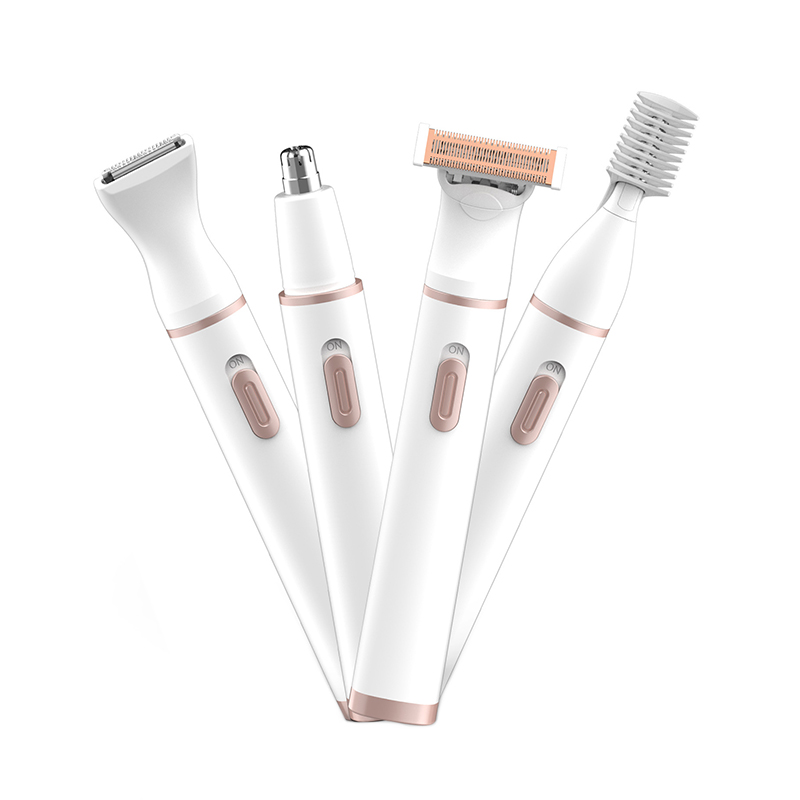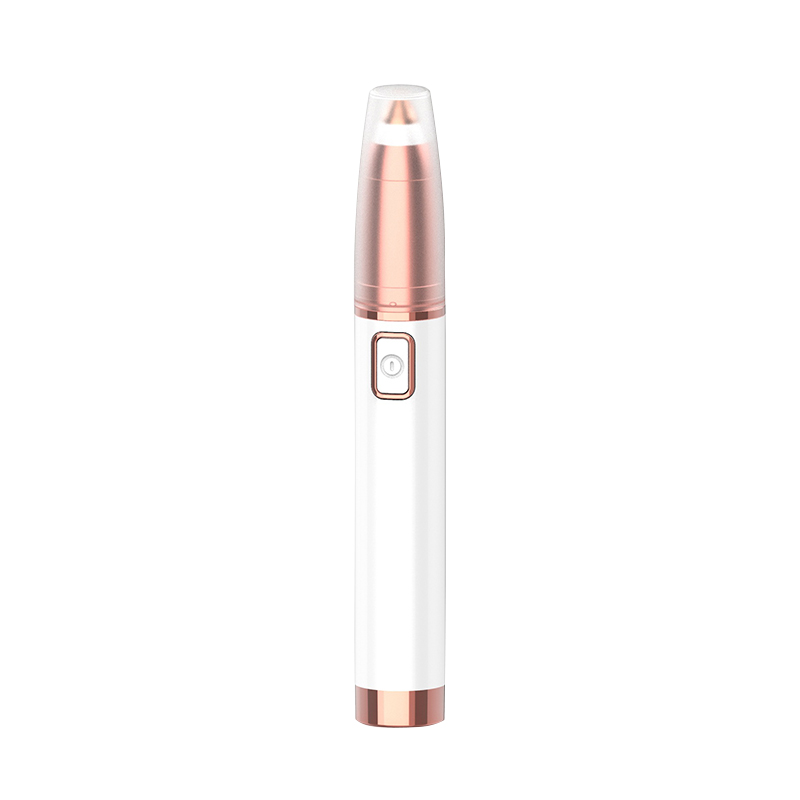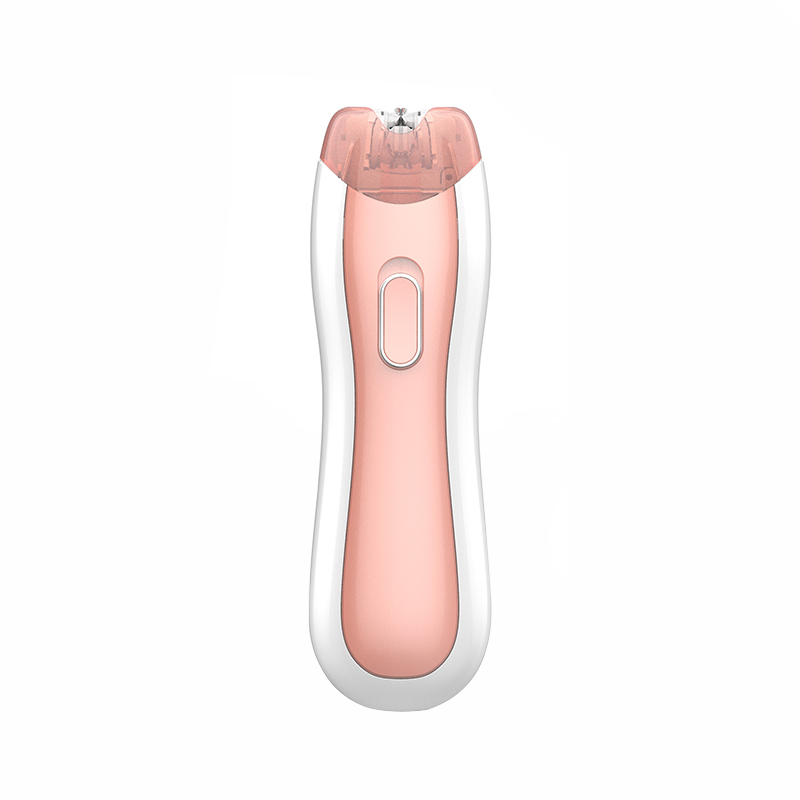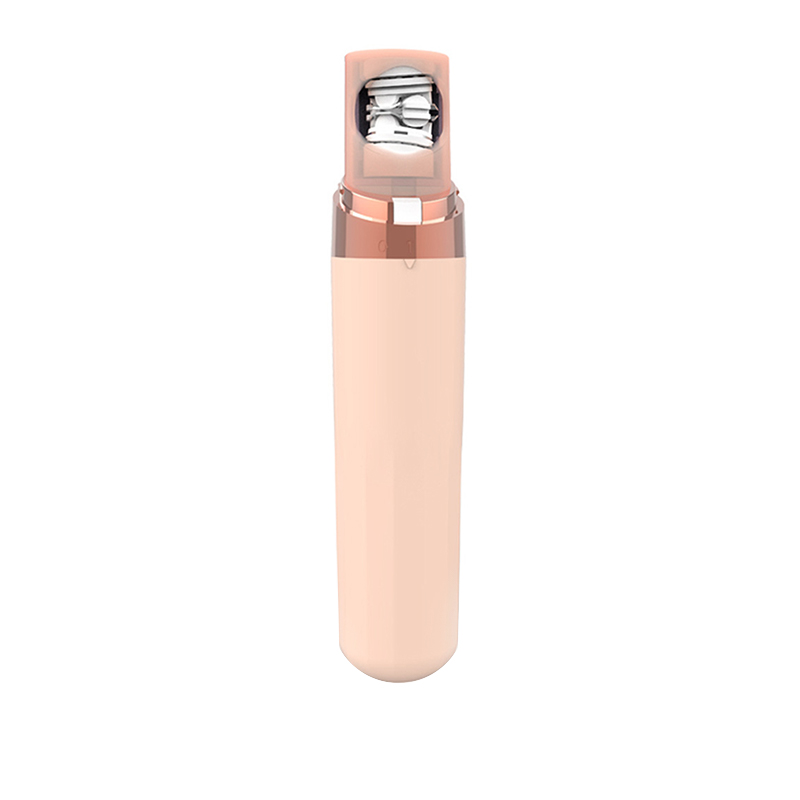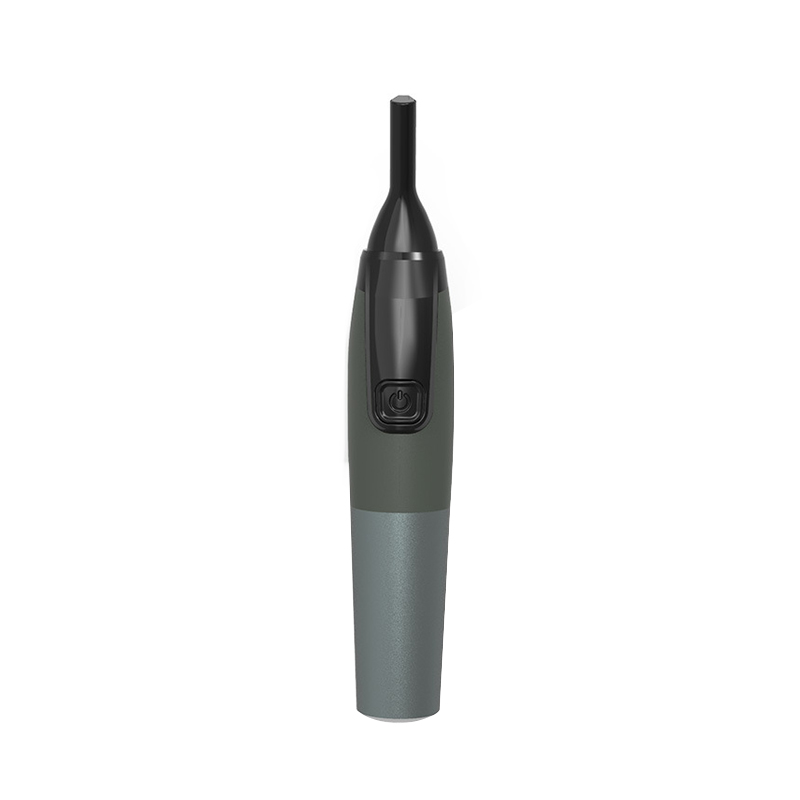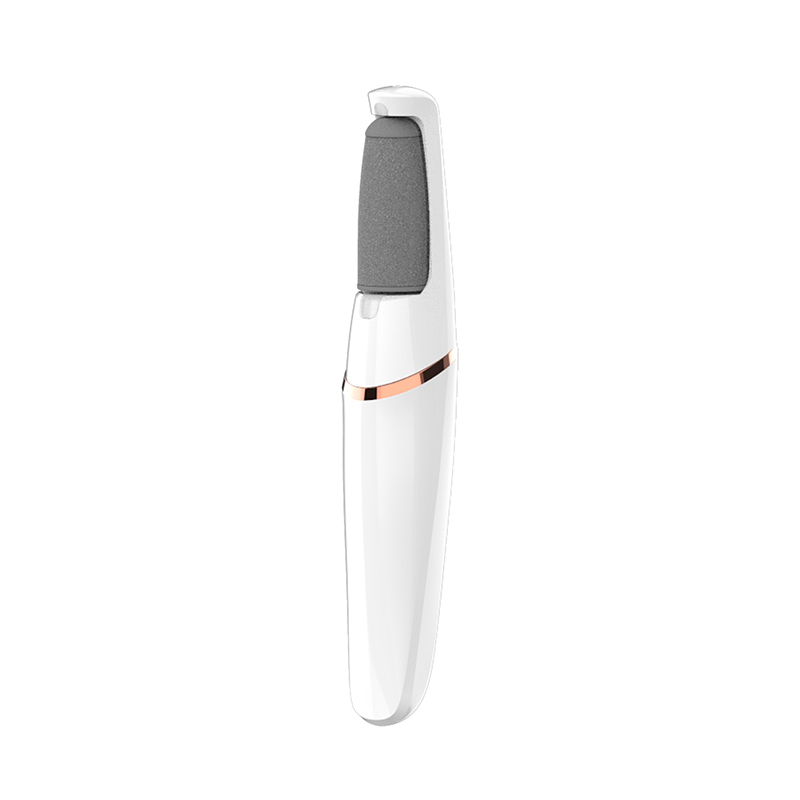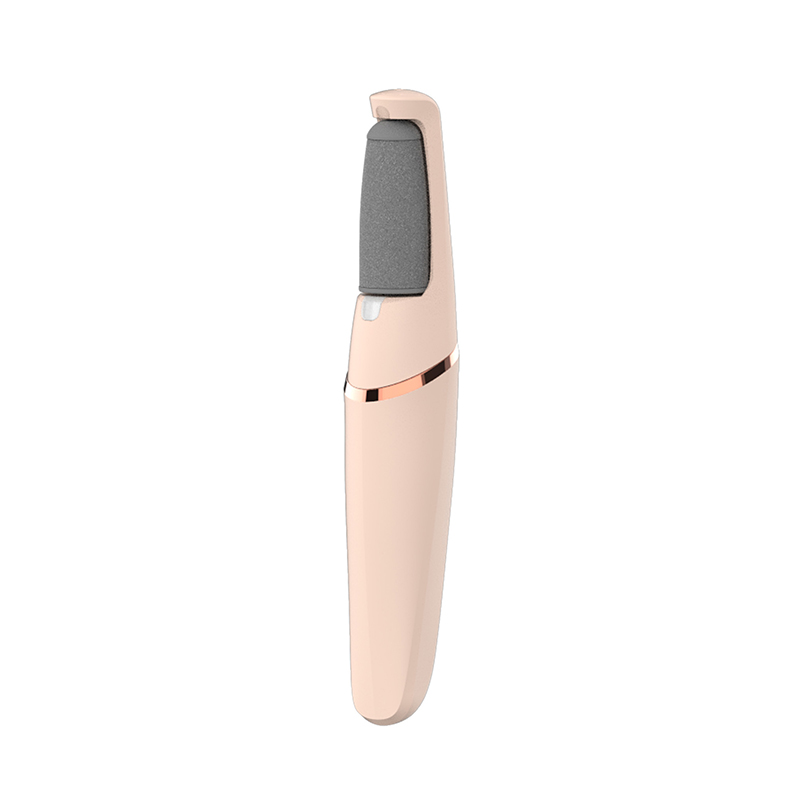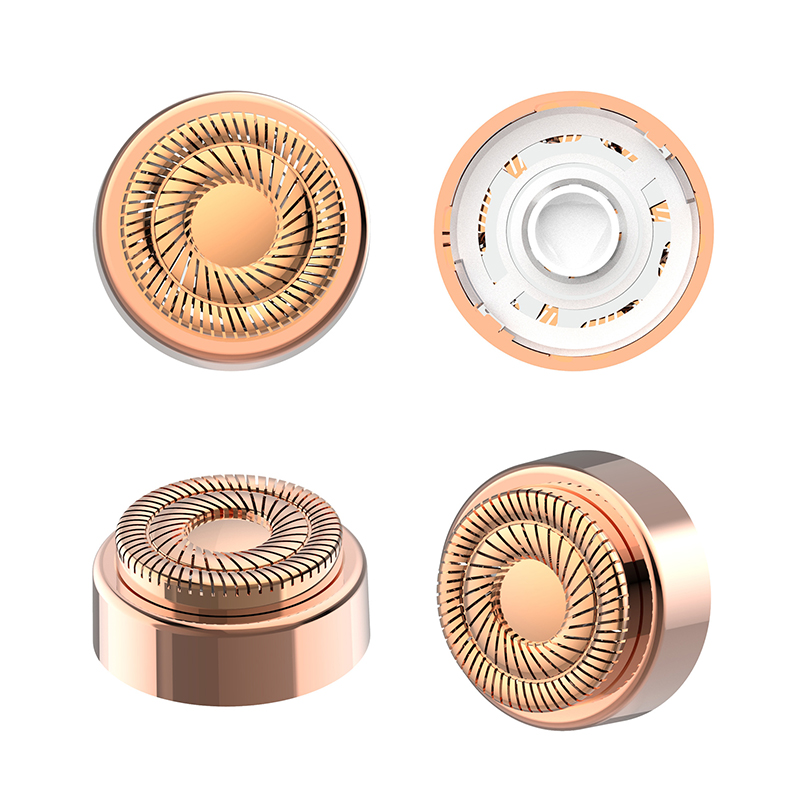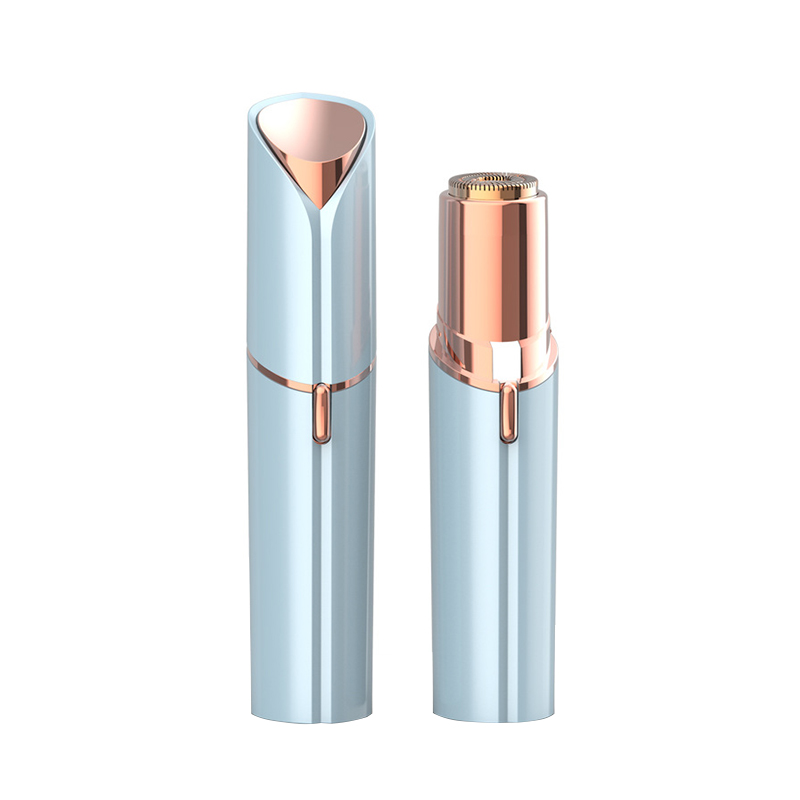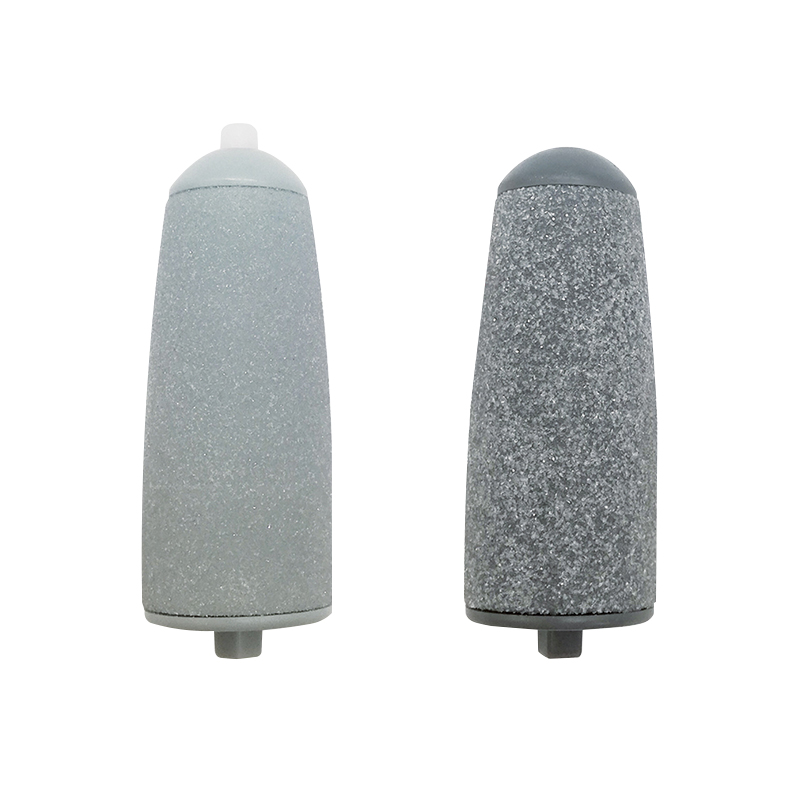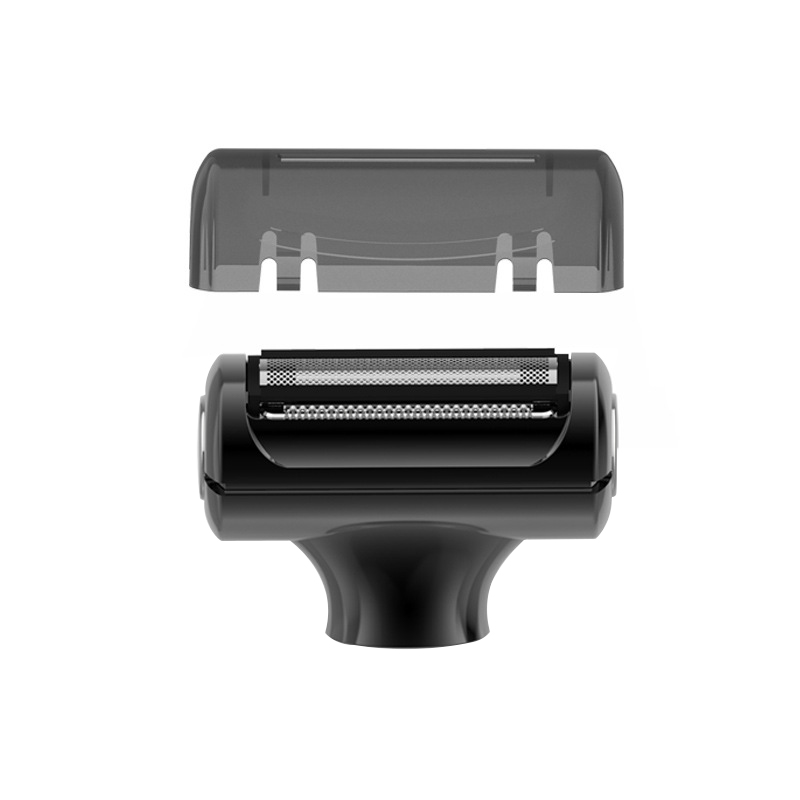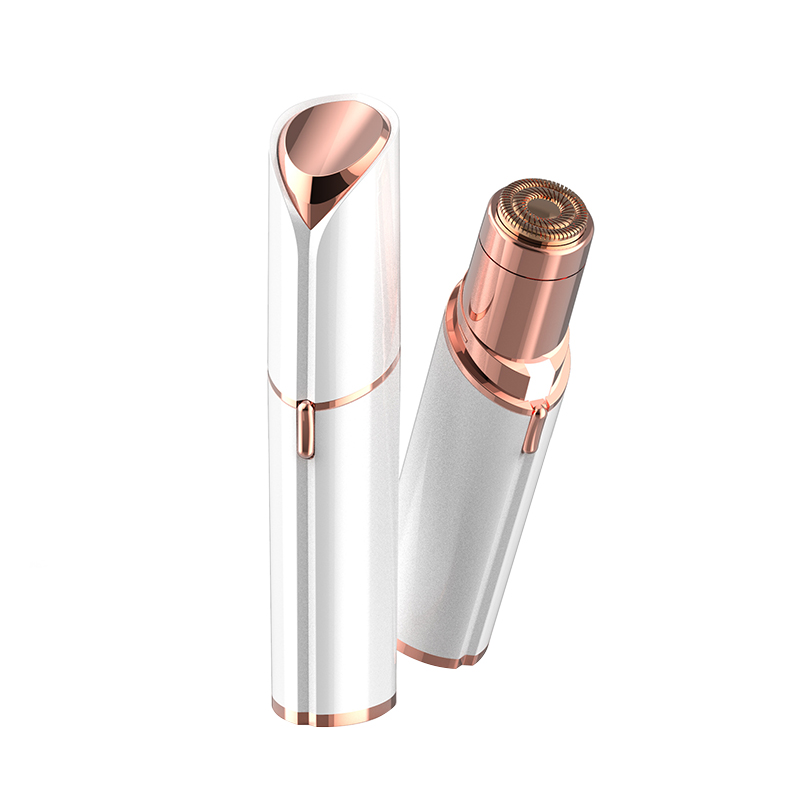In the pursuit of smooth, hair-free skin, many individuals turn to facial hair removers—ranging from razors and depilatory creams to advanced devices like laser systems. But a common concern often arises: Can these products cause redness or irritation? As more people incorporate hair removal into their skincare routines, understanding the potential side effects becomes essential for safe and effective use.
Redness and irritation are indeed possible side effects of facial hair removal, primarily due to factors such as skin sensitivity, improper technique, or product ingredients. Dermatologists explain that the skin on the face is thinner and more delicate than on other body parts, making it prone to reactions. For instance, shaving with a razor can cause micro-cuts and friction, leading to temporary redness known as razor burn. Depilatory creams, which use chemicals like calcium thioglycolate to dissolve hair, may trigger allergic reactions or chemical burns if left on too long. Even professional treatments like laser hair removal involve heat that can inflame the skin, especially in individuals with darker complexions or underlying conditions like eczema. According to the American Academy of Dermatology, up to 30% of users report mild irritation with at-home devices, though severe reactions are rare and often preventable.
The risk varies by hair remover type. Manual methods like razors are low-cost but high-risk for nicks and inflammation if blades are dull or pressure is excessive. Chemical-based removers, such as creams or waxes, pose allergy concerns; patch testing is crucial to identify sensitivities. Electronic devices, including IPL (Intense Pulsed Light) systems, offer longer-lasting results but require careful adherence to instructions to avoid burns. A 2021 review in the Journal of Cosmetic Dermatology noted that user error—such as skipping pre-treatment cleansing or overusing devices—is a leading contributor to adverse effects. However, not all removers cause issues; those with hypoallergenic formulations or cooling technologies can minimize discomfort when used correctly.
To reduce the likelihood of redness or irritation, experts recommend practical steps. Start with a consultation with a dermatologist to assess skin type and suitability. For home use, always perform a patch test 24 hours before full application, and follow product guidelines meticulously—such as moisturizing post-treatment with fragrance-free lotions to soothe skin. Choosing alcohol-free and pH-balanced products can also help, as can avoiding sun exposure immediately after removal. As Dr. Lisa Chen, a board-certified dermatologist, advises, "Prevention is key. Gentle exfoliation before removal and using a cold compress afterward can significantly lower inflammation risks without compromising results."
Ultimately, facial hair removers can cause redness or irritation, but these effects are manageable with informed choices. By prioritizing skin health through proper preparation and aftercare, users can achieve smoother skin safely. If persistent issues occur, seeking professional help ensures tailored solutions, turning a common concern into a confident skincare routine.



